Discover the secrets of Trojans and protect your computer! Learn how to identify, prevent, and remove these stealthy threats. Click now for expert tips and comprehensive guidance.
Computer viruses have been a persistent threat since the early days of computing. These malicious programs can wreak havoc on our digital lives, compromising our personal information, damaging files, and disrupting the normal functioning of our computers. Among the various types of computer viruses, one particularly cunning and dangerous breed stands out – Trojans.
Table of Contents
Understanding Trojans
Trojans, aptly named after the infamous Trojan Horse from the intriguing tales of Greek mythology, emerge as a pernicious form of malware that cleverly masks their true nature, pretending to be genuine programs or files. In a cunning display of trickery, these sly digital impostors prey upon unsuspecting users, luring them into unwittingly downloading or executing the malevolent code concealed within.
Unlike their more aggressive counterparts, the notorious computer viruses that propagate themselves or spread like wildfire across interconnected networks, Trojans favor a different, more insidious approach—relying solely on the power of deception and manipulation to stealthily infiltrate and gain access to your vulnerable system.
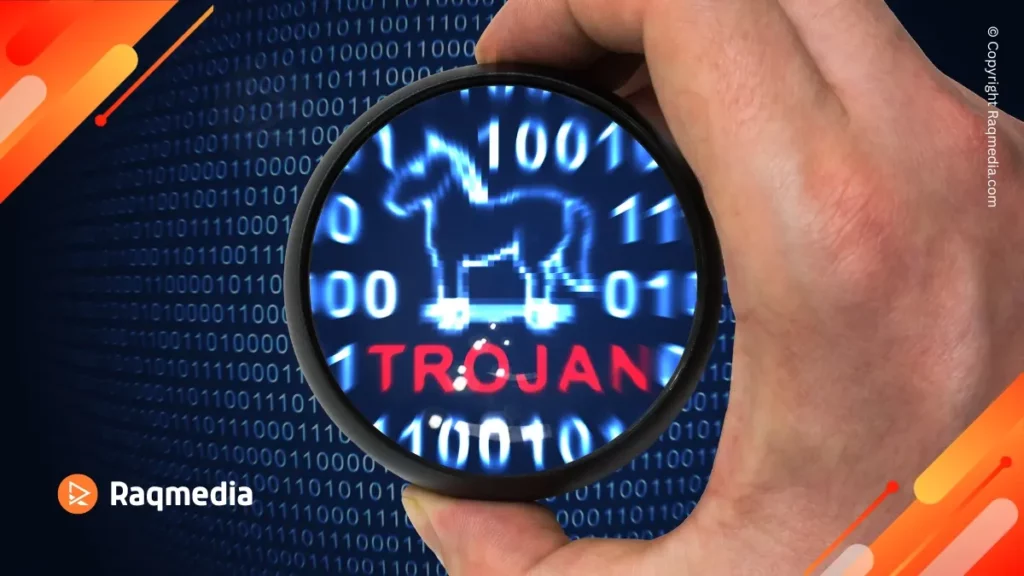
As the digital realm continues to evolve, so do the tactics and sophistication of these malicious entities. With unwavering determination, they exploit every conceivable avenue to take advantageof the unwary and exploit potential weaknesses in their defenses. Consequently, it becomes imperative for individuals and organizations alike to remain vigilant, bolstering their cybersecurity fortifications and staying informed about the ever-evolving landscape of cyber threats.
In the age of relentless technological advancements, knowledge proves to be a formidable shield, providing a sanctuary of protection amidst the virtual battlegrounds. Understanding the mechanics of Trojans, acknowledging their methods of infiltration, and being able to identify their subtle disguises grants an invaluable edge in the ongoing struggle for digital security.
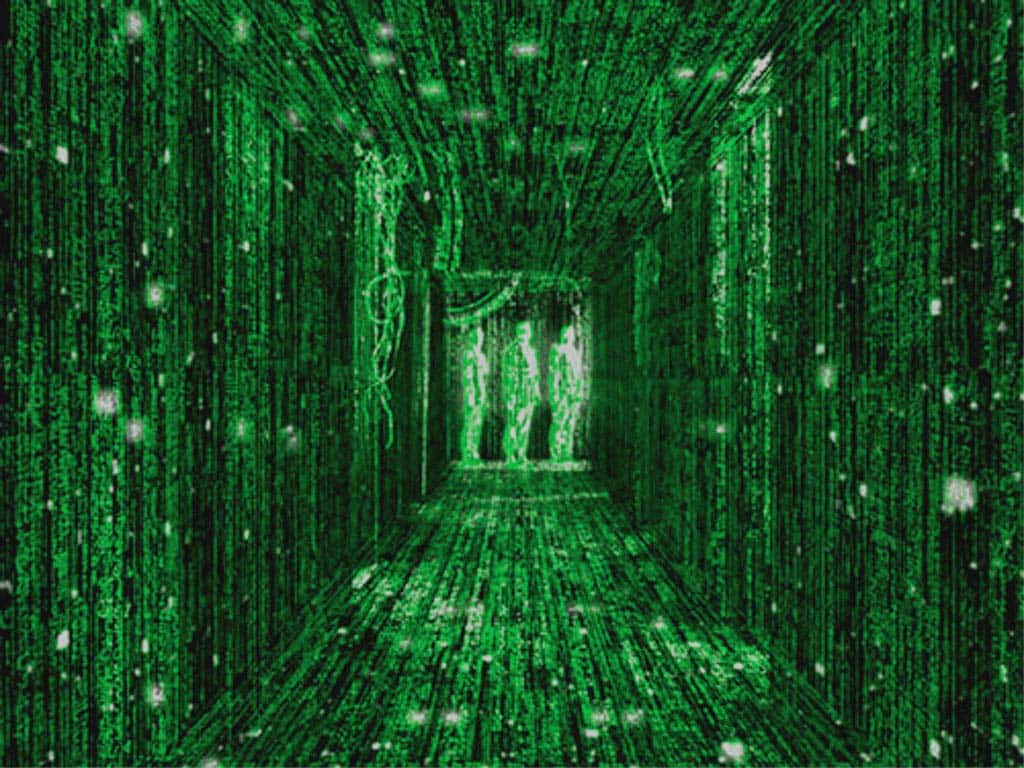
The lessons from ancient mythologies are not confined to dusty tomes of the past; rather, they echo through the annals of history and resonate in the present day. Just as the Trojans of old engaged in cunning subterfuge to breach the formidable walls of Troy, their contemporary counterparts pursue analogous strategies to breach the formidable walls of our digital fortresses. However, armed with knowledge and awareness, we stand poised to thwart their malevolent schemes and emerge victorious in this modern-day battle of wits and technology.
Stay informed, stay alert, and safeguard your digital domain against the insidious Trojan forces lurking in the virtual shadows.
Types of Trojans
There are several different categories of Trojans, each with its own set of characteristics and objectives. Backdoor Trojans, for instance, create a secret backdoor into your system, allowing remote attackers to gain unauthorized access.
Banking Trojans, on the other hand, specifically target financial transactions, aiming to steal sensitive banking information.
Remote Access Trojans (RATs) enable attackers to control your computer remotely, while Keylogger Trojans capture your keystrokes, including passwords and other sensitive data. Fake Antivirus Trojans pretend to be legitimate antivirus software but are, in fact, malicious programs.
How Trojans Infect Computers
Trojans employ various methods to infiltrate and infect computers. One common technique is through social engineering, where attackers use psychological manipulation to deceive users into taking actions that compromise their systems. This can include tricks such as fake emails, enticing downloads, or misleading websites.
Trojans can also be distributed through email attachments and spam, disguising themselves as harmless files. Drive-by downloads, which exploit vulnerabilities in your browser or plugins, are another common method used to spread Trojans. Additionally, malicious websites can trick users into downloading Trojans unknowingly.
Signs of Trojan Infection

Identifying the stealthy presence of Trojan infections within your system can indeed prove to be a formidable challenge. These cunning digital infiltrators operate surreptitiously in the shadows, making it crucial to be vigilant and proactive in detecting their malevolent activities. While they employ sophisticated tactics to evade detection, there are telltale signs that can serve as beacons of warning, providing valuable insights into their presence.
- Sluggish Computer Performance: One of the most common indicators of a Trojan infection is a discernible decline in your computer's performance. If you find your once-speedy system suddenly crawling at a snail's pace, accompanied by frustrating lags and delays in executing commands, it's time to raise your cybersecurity antennae.
- Frequent System Crashes: Trojans can wreak havoc on the stability of your system, leading to frequent and unexpected crashes. If your computer begins to exhibit a penchant for sudden freezes or unexplained reboots, it may hint at an unwelcome Trojan intruder lurking in the depths of your operating system.
- Beware of Pop-ups and Advertisements: Another red flag that should not be taken lightly is the sudden appearance of unanticipated pop-ups and advertisements. If these intrusive elements inundate your browsing experience or manifest even when you're not connected to the internet, it's essential to investigate further, as they could be Trojan-induced.
- Unauthorized Access to Personal Information: Trojans are designed to surreptitiously collect sensitive data, and one of their primary objectives is to gain unauthorized access to your personal information. Should you detect any suspicious activities, such as unauthorized logins or unexplained changes to your accounts, consider it a serious indication of a potential Trojan presence.
- Unusual Network Activity: Vigilance regarding your network's behavior can provide critical insights into potential Trojan infections. Keep a watchful eye on your network traffic and any unusual spikes or erratic patterns that deviate from the norm, as they could signify the presence of Trojans communicating with command-and-control servers.
- Unexplained Browser Modifications: Trojans can tamper with your web browser's settings, leading to unexpected modifications in your homepage, search engine, or new tab page. If you find yourself redirected to unfamiliar websites or bombarded with an influx of unsolicited toolbars, extensions, or plugins, it's time to consider the Trojan hypothesis.
- Disabling of Security Software: Malicious Trojans are known to undermine your system's defenses by disabling or impairing security software. If you notice that your antivirus or firewall protection becomes inexplicably deactivated or experiences frequent disruptions, it's essential to investigate the cause further.
In short, remaining vigilant and staying informed about the signs of Trojan infections empowers you to fortify your digital fortress effectively. Regularly scan your system for potential threats, keep your software updated, and cultivate safe browsing habits. By adopting a proactive approach to cybersecurity, you can defend yourself against the devious machinations of these elusive digital adversaries and safeguard your digital realm from their insidious grasp.
Preventing Trojan Infections
Prevention is key when it comes to Trojans and other computer viruses. By following a few best practices, you can significantly reduce the risk of infection. Keeping your operating system and software up to date is crucial, as updates often include security patches that address vulnerabilities.
Exercise caution when opening email attachments or downloading files from the internet, especially if they come from unknown sources. Using reputable antivirus and antimalware software can help detect and block Trojans before they can cause harm. Additionally, enabling firewalls and network security features can provide an added layer of protection.
Detecting and Removing Trojans
Detecting and eradicating Trojans from your computer demands swift and decisive action to shield your digital realm. These elusive digital adversaries, evoking ancient Greek mythology's deceptive Trojan Horse, cunningly infiltrate and strategize. Yet, equipped with the right approach and reliable tools, you can fortify your system against their malevolent designs.
Stay Vigilant:
The primary defense against Trojan infections lies in unwavering vigilance. Acquaint yourself with telltale signs and symptoms of potential Trojan presence, such as sluggish computer performance, unforeseen pop-ups, and unauthorized access to personal information. By being proactive and attentive to your system's behavior, you can unmask suspicious activities early on.
Reputable Antivirus Software:
Investing in esteemed antivirus software becomes paramount to safeguarding your computer from diverse cyber threats, including Trojans. Regularly updating the antivirus program ensures it remains armed with the latest virus definitions, heightening its ability to detect and neutralize emerging threats effectively.
Specialized Trojan Removal Tools:
The ever-evolving cybersecurity landscape necessitates specialized tools for tackling specific threats. Luckily, tailor-made Trojan removal tools exist, primed to target and exterminate these stealthy digital intruders. Integrating such tools into your cybersecurity arsenal bolsters your chances of successful Trojan eradication.
Automated Scanning and Quarantine:
Schedule automated scans regularly with your antivirus software to thoroughly scrutinize your system for any traces of Trojans or other malware. Upon detection, prompt quarantine or removal proves pivotal in curbing further spread and potential damage to your files and data.
Seek Expert Assistance:
While many Trojan infections succumb to automated tools' efficacy, certain advanced or deeply ingrained ones necessitate a more nuanced approach. If encountering a particularly obstinate Trojan or feeling uncertain about the removal process, consulting professional cybersecurity experts becomes a prudent course of action.
Implement System Updates:
Trojans often exploit vulnerabilities in outdated software and operating systems to infiltrate your computer. Regularly updating your system with the latest patches and security updates seals potential entry points and fortifies your digital defenses.
Adopt Safe Online Practices:
Prevention reigns supreme. Cultivating safe online practices, such as exercising caution with email attachments and abstaining from downloading files from untrusted sources, empowers you to navigate the digital realm prudently. Likewise, exercising discernment while visiting websites and refraining from clicking on dubious links or ads proves vital.
Back Up Your Data:
In the face of a Trojan infection or any other calamitous event, having a reliable backup of your essential data serves as a lifeline. Routinely backing up your files to an external storage device or a secure cloud service ensures that, even in the direst circumstances, you can recover your invaluable information.
By synergizing these proactive measures and fortifying yourself with knowledge concerning Trojan detection and elimination, you can construct an impregnable defense against these deceitful digital adversaries. Remember, the key to safeguarding your digital domain lies in a multi-layered approach that exalts prevention, detection, and prompt action. Stay informed, remain protected, and traverse the vast digital expanse with unwavering confidence and resilience.
Protecting Your Computer Beyond Trojans
While Trojans pose a significant threat, it's essential to adopt a holistic approach to computer security. Regularly backing up your data can safeguard your files from any potential loss or corruption caused by Trojans or other unforeseen events. Practicing safe browsing habits, such as avoiding suspicious websites and refraining from clicking on dubious links, can also help protect your computer. Additionally, using strong and unique passwords for all your accounts can prevent unauthorized access.
Recap
Trojans are a formidable adversary in the ever-evolving landscape of computer viruses. By understanding their nature, recognizing the signs of infection, and implementing preventive measures, you can safeguard your computer and personal information. Stay vigilant, keep your defenses up to date, and empower yourself with knowledge to protect against these stealthy threats. Your computer's security is in your hands.


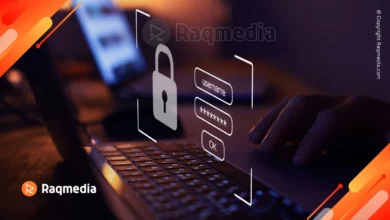


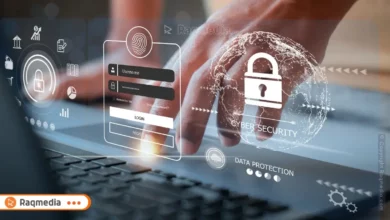
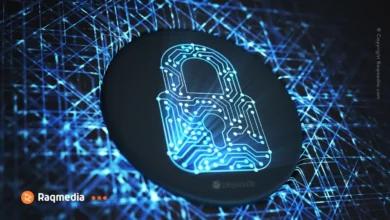



🔒 Unmasking Trojans: The Hidden Threat to Your Digital Fortress! Discover the secrets to protect your computer! Learn how to identify, prevent, and remove these stealthy threats. Click now for expert tips and comprehensive guidance. 🛡️
Follow & Like for more cyber security updates! 🤝👍 #raqmedia #TrojanThreat #CyberSecurity #ProtectYourData #StaySafeOnline #ComputerSafety #SecureYourDevices #DigitalSecurity